Youth participation in politics has always been trivialised, discouraged, and extensively curbed unless it is aimed at pledging solidarity to and serving the demands of the established status quo. And yet historically, all across the globe, youth and students have always been one of the leading groups vitalising and driving the forefronts of dissenting political movements with their vigour.
Here is a list of 5 contemporary global movements driven by student activists that remind us of the power of student activism as a force.
1. Columbia University Pro-Palestine Movement
The Columbia University student protests have ignited the flame of protests for the Palestinian cause across not just institutions in the United States like NYU, Yale, California, and Texas, among others, but also across the world. Historically, this is not the first time that Columbia University has ignited a powerful movement; the same happened back in the 1980s with calls for divestment of the university funds against the South African Apartheid Movement.

Invoking their powerful history, the student protestors demanded divestment from companies that are aiding Israel’s genocidal regime, greater transparency regarding the university’s finances, and an amnesty for students and faculty supporting the Palestinian cause. To make their demands heard, the students set up tents in the form of Gaza Solidarity Encampment.
The protestors took over the university’s monumental Hamilton Hall, just like in the 1980s, and this time they boldly renamed it Hind’s Hall, paying homage to the six-year-old Palestinian girl Hind Rajab, who was killed by the merciless Israeli troops.
The Columbian University called the NYPD on the protestors to dismantle the Gaza Solidarity Encampment and gathered and arrested around 300 protestors. Yet, the spark had been ignited, and the violent curbing of the dissenters only helped to increase the solidarity.
2. Rhodes Must Fall Movement
Cecil John Rhoades was an important white supremacist and British colonist who was the Prime Minister of Cape Colony from 1890–1896 and accumulated all his wealth by exploiting African labourers. He was a central figure in perpetuating the racial segregation policies and aiding in the exploitation and oppression of the black population in South Africa by curbing their voting rights and freedom.

In 2015, the Rhodes Must Fall Movement erupted in South Africa when a student, Chumani Maxwele, threw human faeces onto the statue of the white supremacist Rhoades at the University of Cape Town. This bold act of resistance was a clear response to the oppressive and violent ideas that the statue of Rhodes stood for—white supremacy, racism, dehumanisation, and exploitation of black people, along with colonial imperialism.
The movement called for the removal of the statue of Rhodes but also stood for a call to decolonise higher education in South Africa and to battle the larger issue of institutional racism, which was still rampant. The statue was later also gratified, covered with black plastic bags as an act of resistance by the protestors. One month after Maxwele’s act of protest, on 9th April 2015, the statue was removed from the University of Cape Town, marking the victory of the protestors and the fall of the evil legacy of Rhodes.
Later in the year, student activists in South Africa also started the Fees Must Fall Movement, resisting the fee hikes in universities.
3. Pinjra Tod Movement
The Pinjra Tod Movement began as a resistance against the regressive rules of the university and paying guest accommodations that did not allow women students to stay out late and subsequently became an intersectional feminist collective and movement fighting systematically against gender discrimination and Brahmanical patriarchy. However, its label of intersectionality is put under scrutiny due to a public statement by former members from the marginalised communities stating the decision-making was confined to the Savarna members along with many other charges of discrimination.
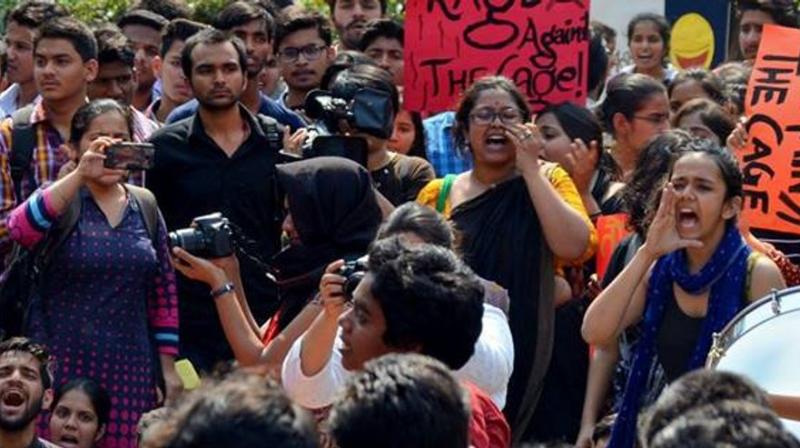
Yet, Pinjra Tod has managed to achieve many victories from its inception, such as helping to change the oppressive hostel rules, resisting shaming of women for their clothes, reclaiming public spaces, and protesting against the targeting of Kashmiri women students by police, to name a few.
During the CAA-NRC protests, Pinjra Tod expressed its solidarity with the Muslim women staging the sit-ins and demonstrations, for which two of their members were also arrested. Natasha Narwal and Devangana Kalita were arrested in 2020 under the draconian UAPA along with several other student activists for allegedly playing a part in the communal violence in North East Delhi. Later they were released due to the lack of evidence.
But even when the two leaders were jailed, the spirit of the movement lived on, and women across borders expressed their solidarity with the two women and the movement they stood for.
4. Mahsa Revolution
Mahsa Amini was a 22-year-old woman who died in the custody of the morality police of Iran for violating the Iranian regime’s regressive dress code and ‘not properly,’ wearing her hijab. Her family claimed that it had been due to blows to her head and limbs, while the authorities denied these charges and blamed ‘existing medical problems.’
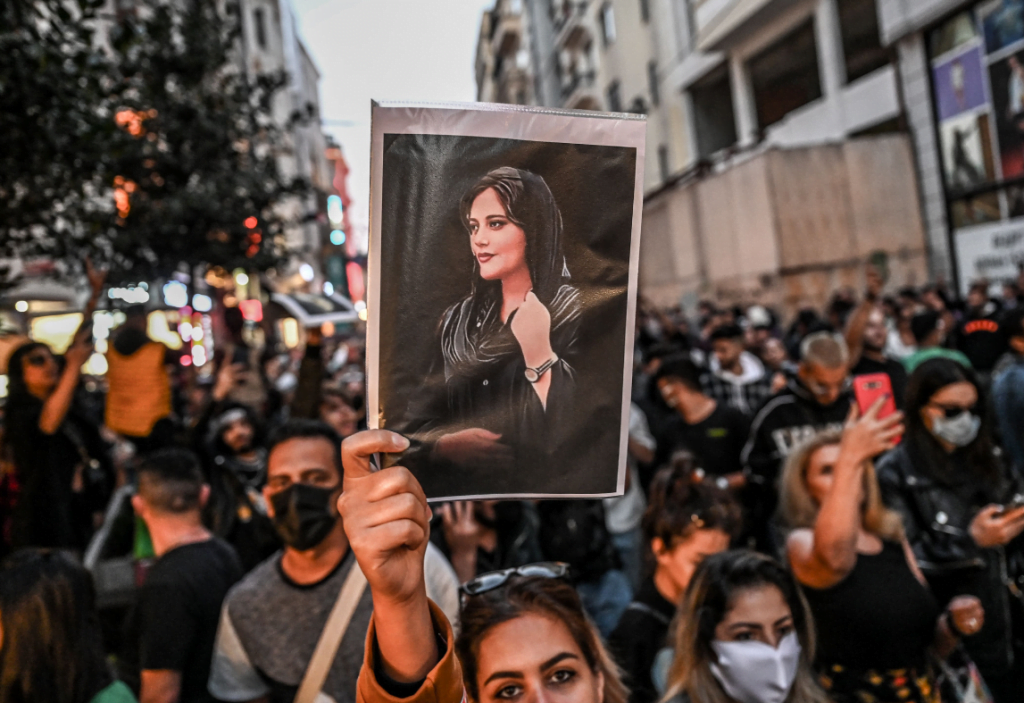
Her suspicious and untimely death sparked outrage across Iran and the world and ignited the ‘Woman, Life, and Freedom,’ Movement and the Mahsa Revolution, led extensively by student activists who joined the movement in mass numbers. Women and young girls threw off and burned their hijabs to show solidarity and make a statement.
The veil has ignited a movement that also goes beyond the dress code to rise against the overall suppression of individual freedom in the regime. Thousands of students participated in student protests boldly across Tehran University, Amirkabir University of Technology, and Sharif University, among others, by stamping on the pictures of the leaders, chanting bold slogans, and proactively calling out to release detained students.
Universities in Iran have faced intense crackdowns; many students have been detained and professors laid off for supporting the movement. And yet, many urban women and girls continue resisting the oppressive dress code more than a year later.
5. Bangladesh Student Protests
Unprecedented violence against the student protestors was unleashed by Prime Minister Sheikh Hasina, who deployed the police, paramilitary forces, and also Chhatra League (Awami League’s student wing) goons against them. More than 200 people have been reported dead, thousands lie injured, and around 4500 people have been arrested.
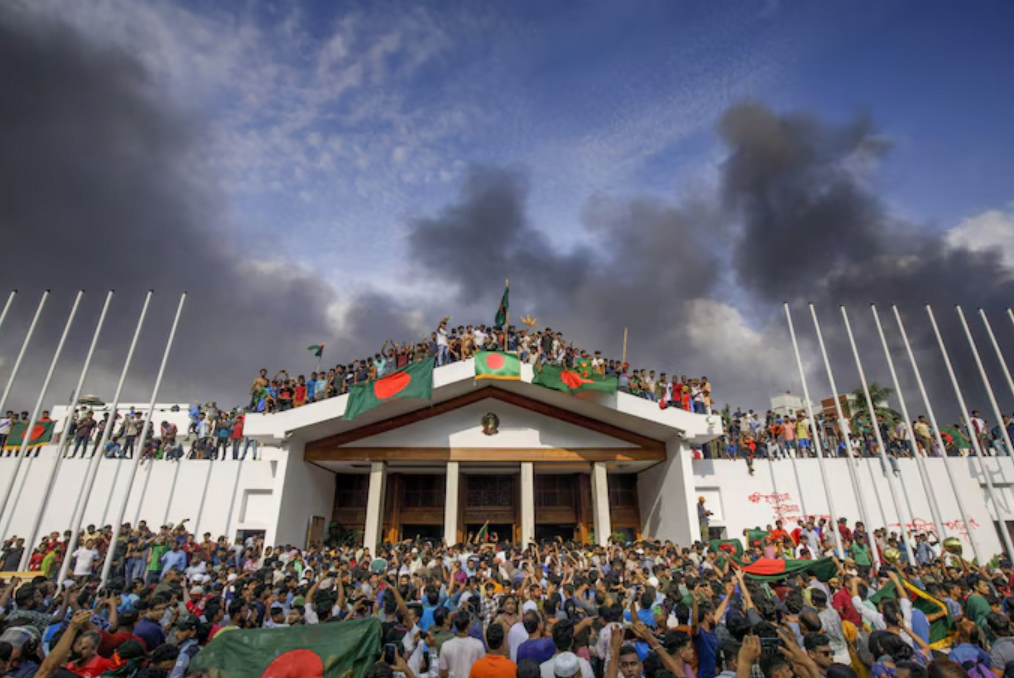
Students in Bangladesh led a nationwide protest against the imposition and reinstation of the ‘freedom fighter,’ quota, which had been discontinued in 2018, that reserves 30 per cent of the government jobs for descendants of ‘freedom fighters,’ who fought in the 1971 Bangladesh war. Indeed, this move has been deemed unconstitutional since the descendants of ‘freedom fighters,’ (who would also be supporters of the Awami League) constitute only 0.12-0.2 per cent of the population, a very tiny number for which one-third of government positions would be reserved. Moreover, Bangladesh’s dwindling economy and unemployment crisis also became reasons for the uproar.
However, the issue at large was the unchecked rule of Sheikh Hasina, which had taken over all organs of the government, including the judiciary. The movement may have been triggered by initial peaceful protests against the quota. Still, later it became a revolt against the repression and silencing of the freedom of speech and expression under the fascist and autocratic rule of Sheikh Hasina. The students were successful in toppling Sheikh Hasina’s government who fled the country. Currently, an interim government is led by the Nobel Laureate Mohammad Yunus.
As you may have noted in all these instances, the pro-establishment authorities employ all measures possible to curtail the voices of the students and make them bend to their will. However, the hearts that are pumping blood to these movements can never be chained. The more harshly they repress, the more fuel is added to the fire and even more fires are ignited in the hearts of the students across the globe who drive these movements.
This is by no means an exhaustive or representative list. Suggestions to add to this listicle are welcome in the comments section.
About the author(s)
Sarah (She/Her) is your local student journalist and writer pursuing her Bachelor's in Literature from Delhi University. She seeks to strike a balance between a chaotic chronically online gen-z and an insatiable learner. At the risk of coming across as cheesy, she quotes Oscar Wilde on being asked to introduce herself, "To define is to limit."
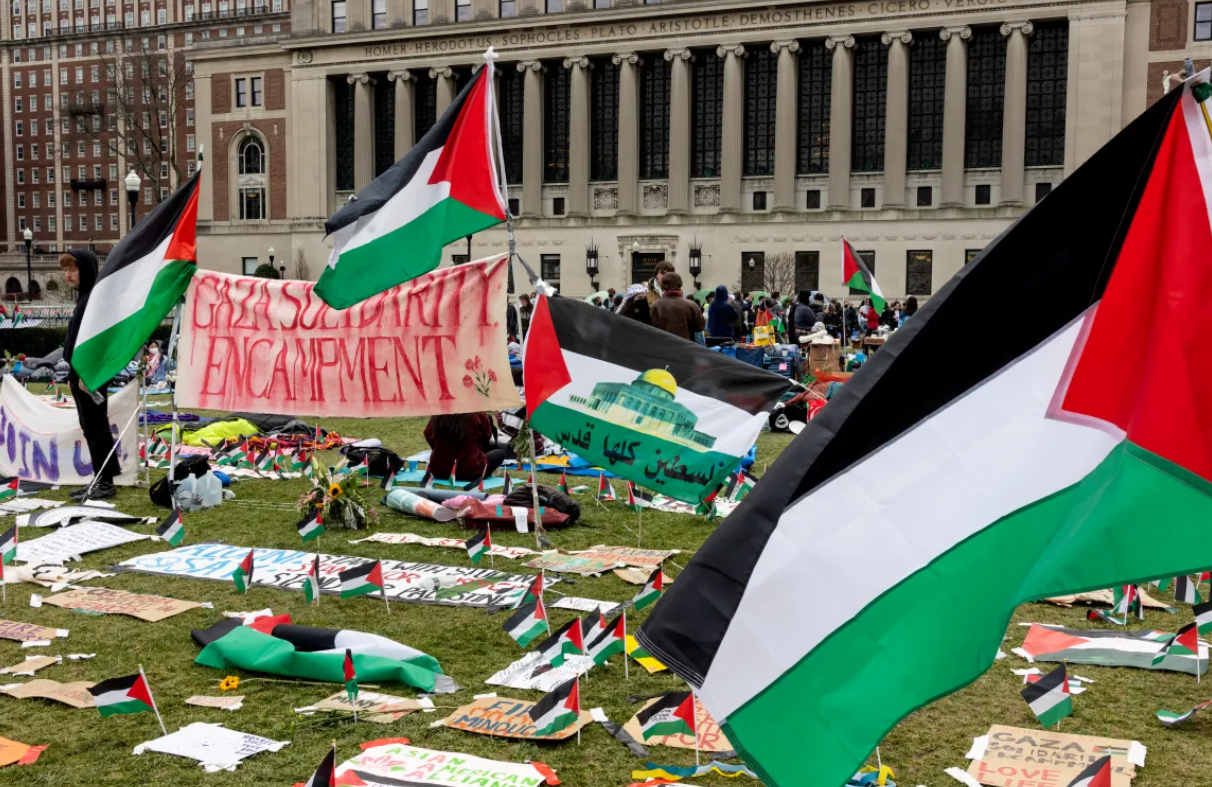



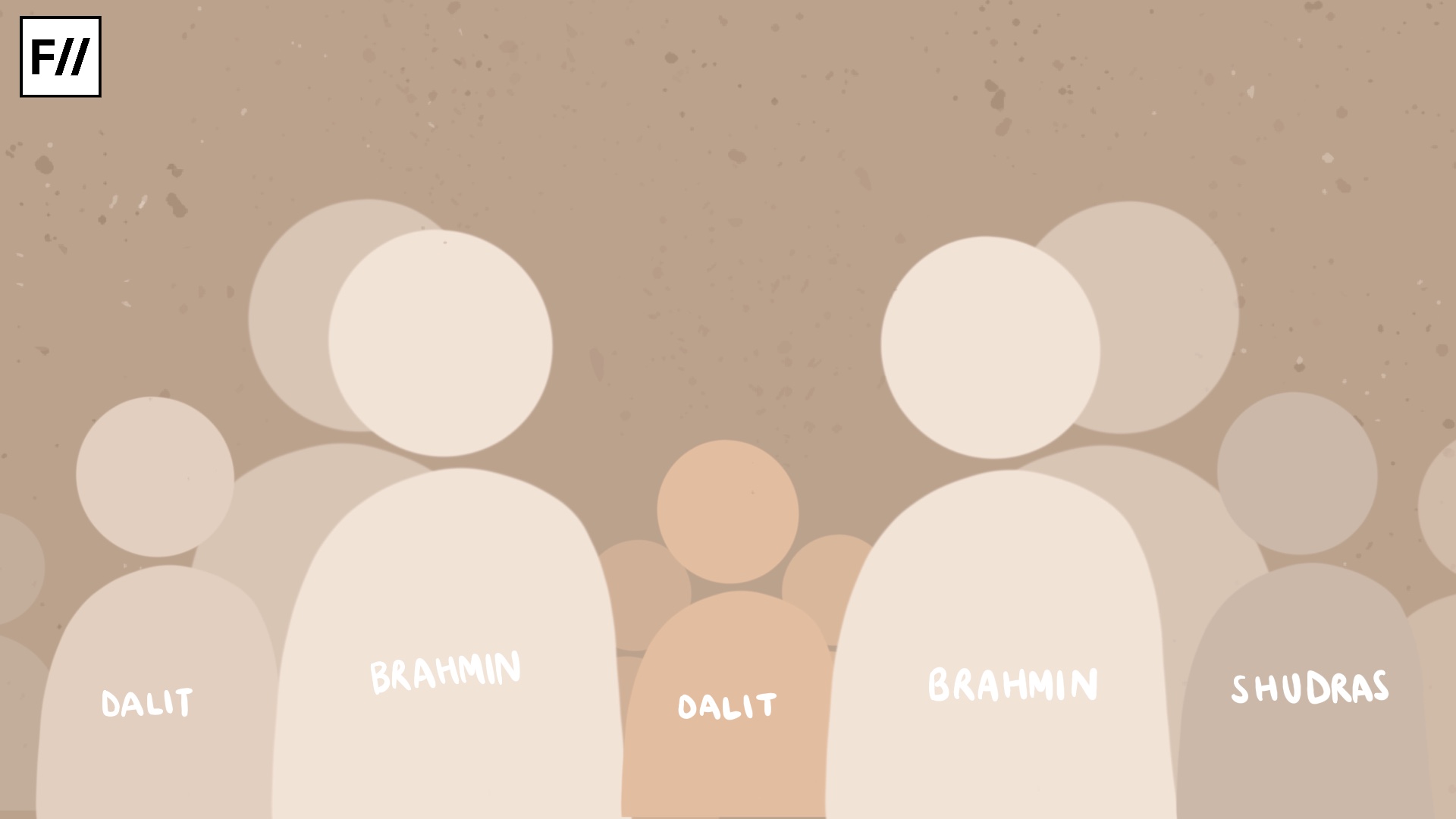

Great list. Inspiring. Another example of student-led resistance is the ’emergency warning’ protests across Indonesia
https://globalvoices.org/2024/09/10/peringatan-darurat-youth-led-protest-against-corruption-and-nepotism-in-indonesia/